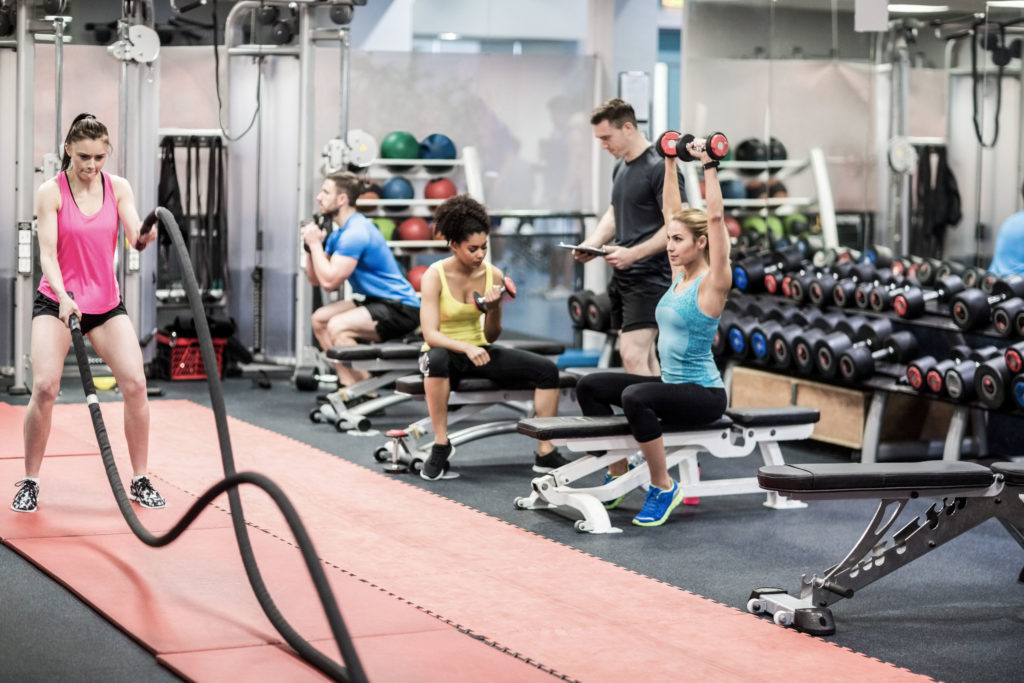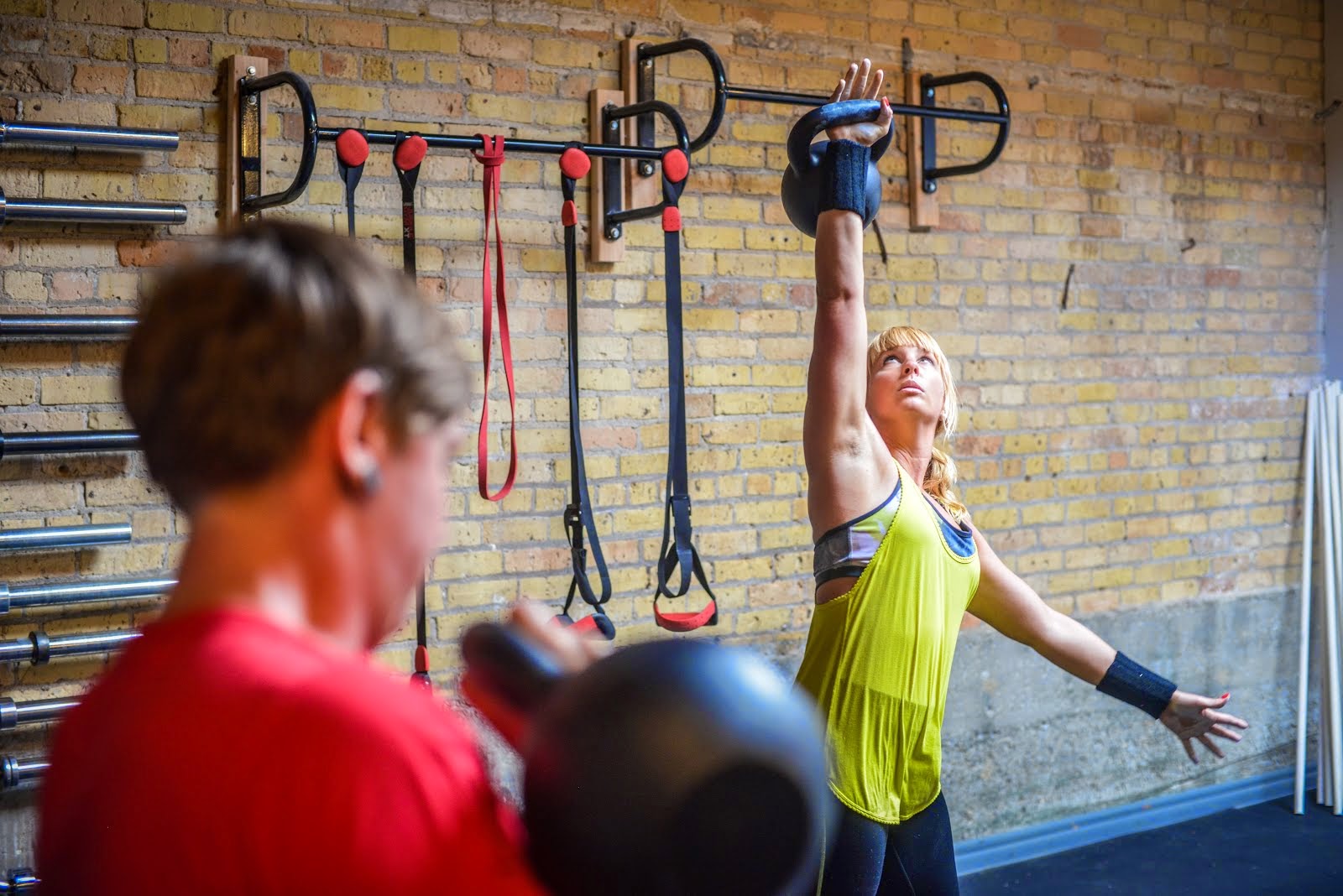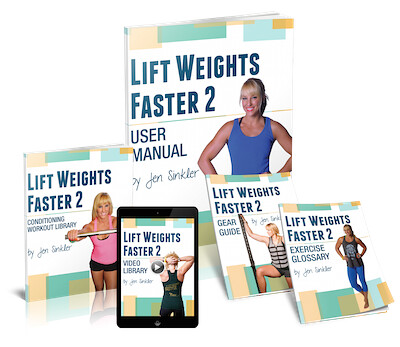Lets get right to the point.
Conditioning – how much to do?, how “hard” should it be?, what modalities are best? – can be a conundrum for many.
As with any question the appropriate answer is “it depends.”1
That said, the questions above are no different but are predicated on a number of things: one’s goal(s), injury history, current ability/fitness level, and whether or not they’re Bo Jackson.
Okay, that’s the epitome of “it depends.”
Even still, there’s no way a simple blog post can appropriately articulate the expansiveness of this topic and all the components at play.
However, I will say this:
- Conditioning as a means to AID RECOVERY is crucial.
- Conditioning is not more effective the harder you make it. I.e., it shouldn’t make you shit your spleen. If it does, you may want to head to the nearest hospital.

Conditioning That Won’t Make You Hate Life (That Much)
At the expense of making things a bit too over-simplistic, in my opinion, conditioning is more about helping to increase one’s work capacity (or ability to do more work in a given time).
Watering it down further and directing my train of thought to most of you reading: low(ish) intensity conditioning can help in the weight room and improve recovery and performance.
But if you prefer a more smarty-pants explanation, I like Alex Viada‘s say on the matter:
“If the goal is to improve work capacity (ability to do more work in a given time) it’s crucial to employ modalities that aid and promote general recovery which also create positive adaptations in durability, energy stores, cardiac output and cardiac perfusion, and other general components of overall endurance that essentially provide the foundation for an athlete to train and compete for longer while recovering better.”
The key, though, is not to be an asshat and turn something that’s supposed to, you know, help you recover…and turn it into loaded Prowler sprints paired with 400m handstand walks over broken glass for AMRAP.
Again, I can’t say this enough…
…AIDING RECOVERY IS THE GOAL.
Here are a handful of my favorite go to protocols.
1. You Haven’t Been An Athlete For 20+ Years So Lets Stop Pretending You Are One Movement Circuit
Sprinting, more often than not, will not be my first choice for most trainees.
It’s too aggressive and most people just aren’t prepared for it. Repeatedly stabbing themselves in the neck with a cactus would likely be more beneficial.
I keed, I keed.
At some point I may venture into opening things up and introducing some sprint work into the mix. But in the meantime, for most people, a more down to Earth approach to movement training/conditioning would be to implement more basic calisthenics like skipping, side shuffling, and the like into the mix.
- 20 yd Forward Skip
- Walk/jog 20 yd
- 20 yd Reverse Skip
- Walk/jog 20 yd
- 20 yd Lateral Skipping/direction
- Walk/jog 20 yd
- 20 yd Side Shuffle/direction
- Walk/jog 20 yd
- 20 yd Carioca/direction
- Walk/jog 20 yd
- Rest 1-2 Minutes
- Repeat for 3-5 Total Rounds
2. Tempo “Sprints”
My expectation isn’t that everyone has to look like Tom Cruise sprinting from an alien in order to perform sprints:
However, there should be a “base” level of competence involved which is where coaching comes into fruition. That said, sprinting doesn’t always have to be an-all-out-holy-fucking-shit-that-skyscraper-is-going-to-collapse-on-my- head-if-I-don’t-high-tail-it-out-of-here endeavor.
Strength coach Mike Boyle has always championed “tempo runs/sprints” as a conditioning method for his athletes AND regular Joe’s and I agree wholeheartedly.
I think they’re fantastic.
Basically all you do is perform sprints at 60-75% effort with walking recovery.
A basic template would look like this:
- Tempo Sprint 50 yd
- 50 yd walk back
- Repeat for “x” number of rounds
A good rule to follow is no more than a 10% increase in volume (distance or time) each week.
3. Add a Prowler
There are a thousand and one different ways to implement conditioning with Prowler Sled.
One that I like is this:
- 20 yd (loaded) Prowler Sprint (or whatever is best suited for the person: loaded, un-loaded, sprint, walk, pants on, pants off, you’re the coach, figure it out)
- 40 yd Jog
- 80 yd Walk (recover)
- Repeat 8-10 Rounds
4. Something I Stole From Chad Wesley Smith
Strength coach Chad Wesley Smith defines tempo as the following:
“Tempo activity is done at 60-75% of max intensity and while the duration will vary based upon the nature of the activity you’re performing and your requisite fitness levels, 15-45 seconds of work is a good guideline. These work intervals are interspersed with low intensity calisthenics like push-ups, ring rows, abs, or can just be rest periods.”
One of Chad’s favorite protocols (and one I stole from him) is as follows using a stationary bike:
- 1st Rep: 30 seconds of riding (~110 rpm) followed by 10 push-ups, rest until heart rate returns to bottom aerobic development zone OR you can speak normally.
- 2nd Rep: 3o seconds of riding (~110 rpm) followed by abs, rest until heart rate returns to bottom aerobic development zone OR you can speak normally.
- 3rd Rep: 30 seconds of riding (~110 rpm) followed by 10 push-ups, rest until heart rate returns to bottom aerobic development zone OR you can speak normally.
- 4th Rep: 3o seconds of riding (~110 rpm) followed by abs, rest until heart rate returns to bottom aerobic development zone OR you can speak normally.
- 5th Rep: 30 seconds of riding (~110 rpm) followed by 10 push-ups, rest until heart rate returns to bottom aerobic development zone OR you can speak normally.
- 6th Rep: 3o seconds of riding (~110 rpm) followed by abs, rest until heart rate returns to bottom aerobic development zone OR you can speak normally.
Rest 3-5 Minutes and begin Set 2.
Two sets of SIX is a good starting point and over a number of weeks build up to TWO sets of TEN and maintain there.
5. Juarez Push-Up Inverted Circuit
This is a doozy I stole from another strength coach, Josh Bryant, of Jailhouse Strong (which should give away where the name of this circuit came from).
- Perform 10 Push-Ups
- Get up, walk/jog 20 yds
- Perform 1 Push-Up
- Get up, walk/jog back 20 yds
- Perform 9 Push-Ups
- Get up, walk/jog 20 yds
- Perform 2 Push-Ups
- Get up, walk/jog back 20 yds
- So on and so forth
Perform any of these conditioning workouts on “off” days between your regularly scheduled workouts and I am willing to bet you’re going to see some drastic improvements in your ability to recover and work harder in the gym.





.jpg)




